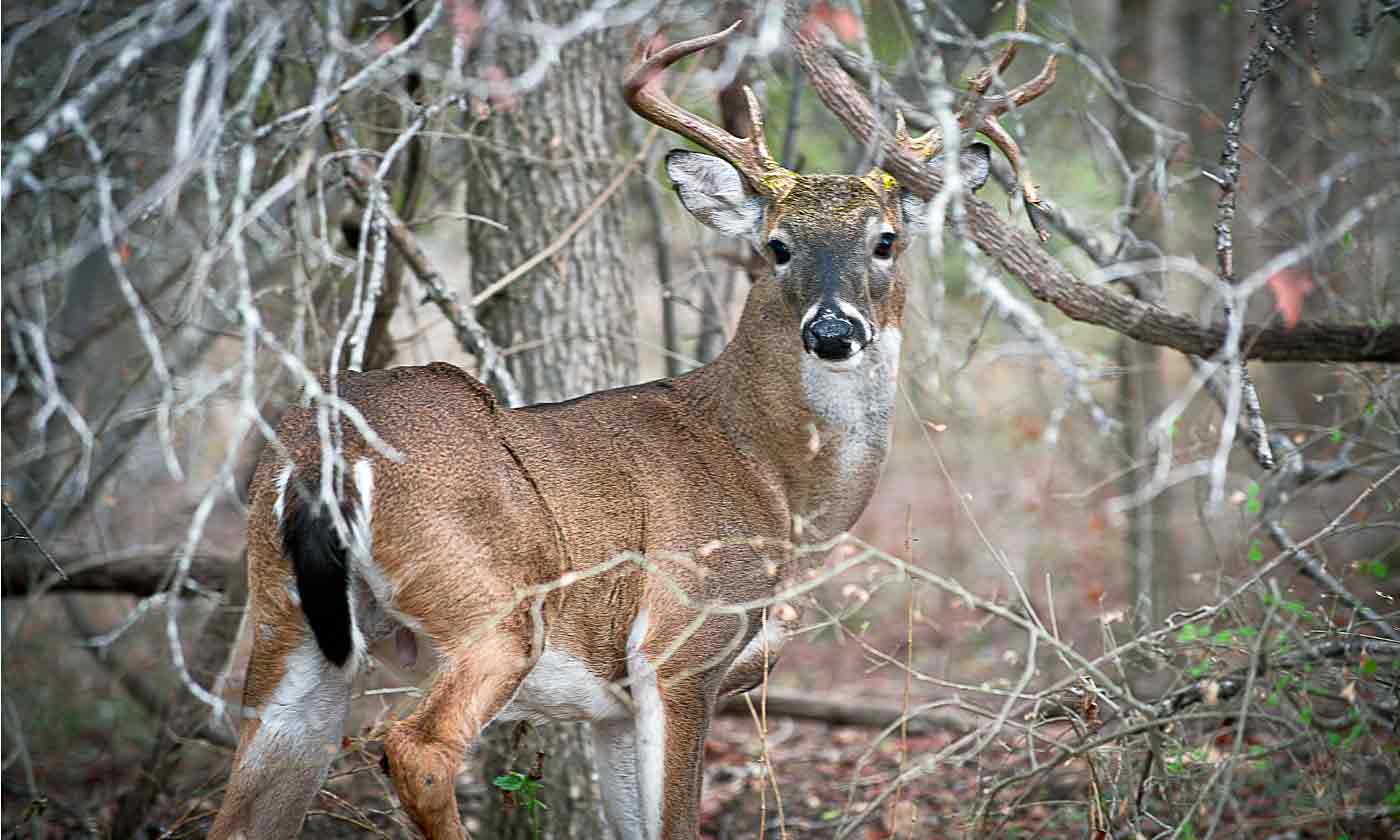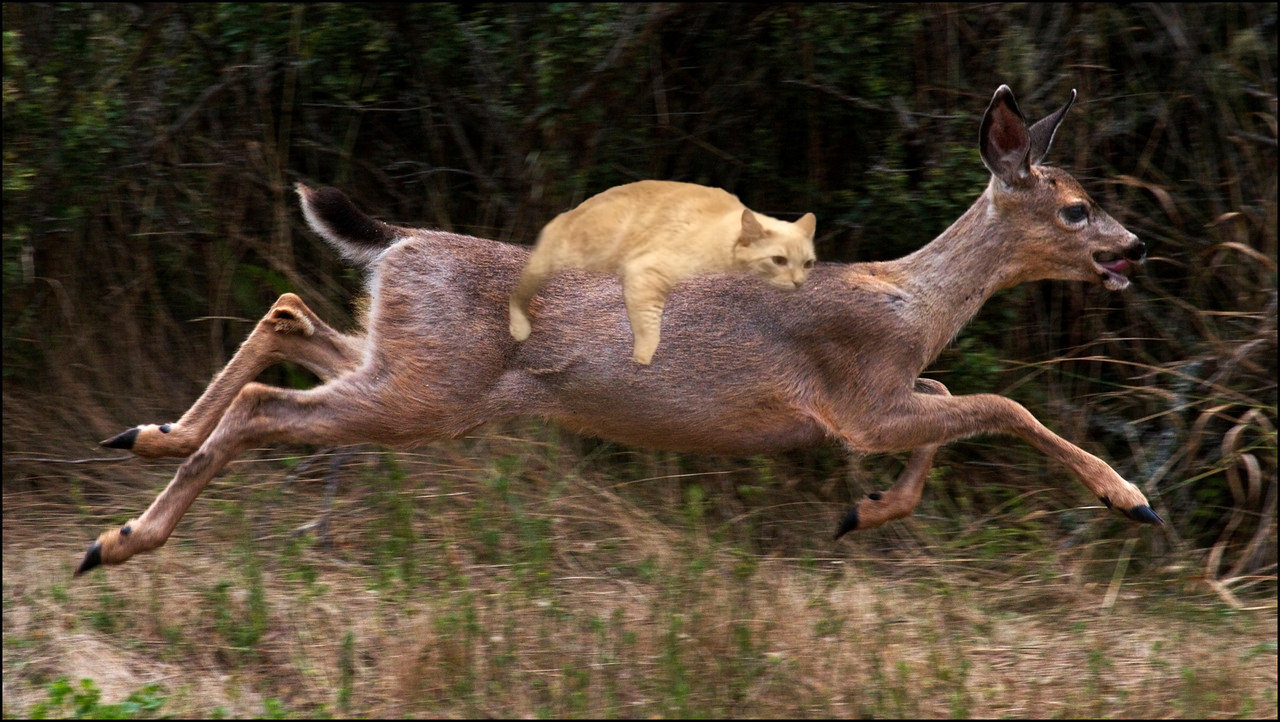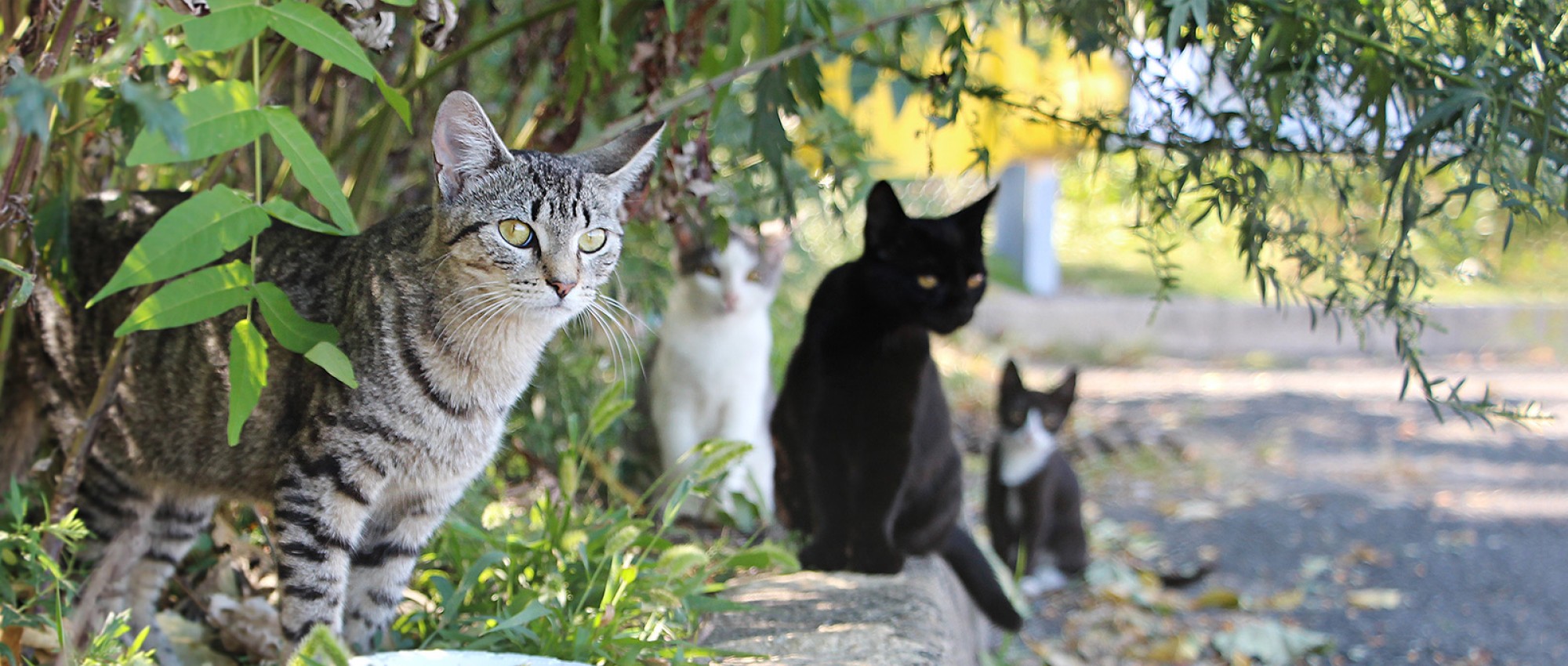Deer and Toxoplasmosis
Hunters are often concerned about feral hogs impacting a local deer herd, but feral cats? Well, it turns out that free-ranging house cats are doing more out in the woods than just killing mice and raiding songbird nests. Feral cats are also spreading parasites to white-tailed deer, other animals and maybe even to you.
The problem is toxoplasmosis, a parasitic disease caused by the protozoan Toxoplasma gondii. Will cats infected with the parasite impact deer hunting in your area? Probably not, for a number of different reasons, but it’s important to pay attention if you eat venison since this disease is prevalent in many areas.

It’s currently estimated that more than 60 million people in the U.S. have the Toxoplasma parasite in them. Most people will not get sick, though the parasite can cause serious problems for some others, such as those with weakened immune systems and babies whose mothers become infected for the first time during pregnancy.
Problems stemming from an infection can include damage to the brain, eyes, and other organs; serious stuff. For those at risk of complications, every precaution should be taken.
Toxoplasmosis in Deer Meat
Source: “This study documents the widespread infection of deer populations in northeastern Ohio, most likely resulting from feral cats, and highlights the need for consumers of venison to make absolutely certain that any deer meat planned for consumption is thoroughly and properly cooked,” said Gregory Ballash of the Department of Veterinary Preventive Medicine at Ohio State University and lead author of the study.
Two hundred free-roaming cats and 444 white-tailed deer were tested for the parasite Toxoplasma gondii, which causes toxoplasmosis. Almost 60 percent (261) of the deer showed evidence of infection and more than 65 percent (164) of the studied cats tested positive.
According to the report, approximately 14 percent of the United States’ human population is infected with toxoplasmosis by the age of 40, with an estimated 1 million new cases diagnosed each year.
Cats, both domestic and wild (such as bobcats), play a critical role in the spread of toxoplasmosis because they serve as the definitive hosts, fulfilling the requirements needed for the parasite to sexually reproduce and complete its life cycle.
Toxoplasmosis: A Widespread Disease
This parasitic disease is not just limited to deer in Ohio. Similar estimates for white-tailed deer infections have been found in Iowa (53.5 -64.2 percent), Pennsylvania (60 percent), and Mississippi (46.5 percent), suggesting Toxoplasma gondii is thriving entirely because of feral cats.
The domestic cat (Felis catus) is not native to North America, but free-ranging feral populations are often abundant at the fringes of urban/suburban areas, where deer are found and hunting takes place.

The odds of deer from urban locations testing positive for toxoplasmosis were nearly three times those of deer from more rural areas. The study found that densities of human households, and likely cats, were a significant predictor of infection in deer.
Since the parasite that causes this disease has the ability to impact a fetus during gestation, there is potential for this protozoan to impact a deer population on a local level.
If you hunt suburban properties or in places with high numbers of feral cats, consider cooking that steak well done next time you fire up the grill to knock out any toxoplasmosis in your deer meat. Otherwise, the Center for Disease Control says you can freeze venison for several days at sub-zero (0° F) temperatures before cooking to greatly reduce the risk of a toxoplasmosis infection.


Toxoplasmosis is a serious health hazard, and serious steps should be taken to remove cats from the environment.
Toxoplasma gondii can only complete its life cycle in the intestine of a member of the cat family. Only cats. The cat then sheds the oocysts (eggs) by the tens of millions in its feces. Again, only cats. No other animal sheds the oocysts. The oocysts are very durable and can remain viable in soil or water for 18 months or more. In dry conditions they can become aerosolized and inhaled. Oocysts can also be spread by insects or rodents or even the wind from feces to food sources. Water sources can become contaminated when rain washes the oocysts into them. The reason the soil, water, or plant material is contaminated with oocysts is because cats are shedding them. There would not be environmental contamination of oocysts if the cats weren’t there to shed them by the tens of millions. Recent research now indicates that cats can become re-infected a second time and go through a second oocyst shedding cycle. Yes, any warm-blooded animal, including humans, can become infected by ingesting oocysts from contaminated food or water sources, or even by inhaling them in dry areas where they have become aerosolized. But none of these other warm-blooded animals can shed more oocysts.
Humans and animals can also become infected by eating the undercooked meat of infected animals. But those infected meat animals became infected by ingesting oocysts shed by cats. No matter how humans or animals become infected, the original source is cats. Now, it is true that any member of the cat family can shed oocysts, and this includes native cats such as bobcat, mountain lion, and lynx. But since the population of all of these native species combined comprises only 2% of the total number of cats nationwide, and since most human populated areas have almost zero native cats living among people, the source of oocyst contamination is almost exclusively domestic house-cats.
Environmental contamination of oocysts from cats is so pervasive in areas with high concentrations of cats that scientists fear toxoplasmosis infection may become almost impossible to avoid. 60 million Americans are already infected. Besides the known health issues of blindness, birth defects, and fatal infections in the immuno-compromised, toxoplasmosis is now being linked to Alzheimers, schizophrenia, autism, depression, suicide, obsessive/compulsive disorder, and more. There is no vaccine and no cure for toxoplasmosis. Once you have it, you have it for life. We really don’t know at this point what all issues this parasite presents in humans. The potential problems from this parasite should not be minimized. To do so is irresponsible.
For more information go to the “files” section of the toxoplasma gondii facebook page and read the 2013 Torrey and Yolken study entitled “Toxo Oocysts Public Health”.